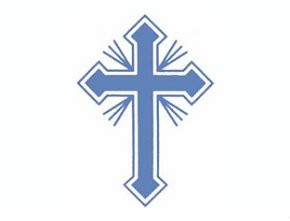Reformation in Ethiopia

Stop me if you’ve heard this story before. It’s about an ancient church with a near monopoly of religious practice and a stunning tradition of artistic achievement. Ordinary people love the church as a symbol of holiness and cultural identity, but most have little idea of what it actually teaches. The church uses a language unknown beyond the clergy, so religious services are incomprehensible. Even so, lay believers enter enthusiastically into the church’s well-established traditions, its pilgrimages and devotions, its popular cults of saints, martyrs and angels. And then suddenly a few daring activists start putting the Bible into the familiar language of everyday speech. As the laity delve into the Bible’s pages, a revolution begins . . .
Although I could be describing Catholic Europe around 1520, every word also applies to the recent history of Christianity in Ethiopia, a land that became Christian even before the Roman Empire did. Through most of its history, the mainstream national faith was the Tewahedo (“One-ness”) Church, or Ethiopian Orthodox. This highly traditional body is strongly liturgical in orientation, with a clearly defined clergy. Services are conducted in the language of Ge’ez, which was the main tongue of the early medieval kingdom of Aksum. Apart from being incomprehensible, the liturgies are very lengthy, lasting multiple hours—and sometimes days.
Like Europe’s medieval Catholic Church, the Orthodox faith penetrates every aspect of life and behavior. Yet however passionate in their commitment, laypeople are limited in what they can learn from the liturgy. Outside the churches, Ge’ez is extinct and has been replaced by Amharic as Ethiopia’s lingua franca.


